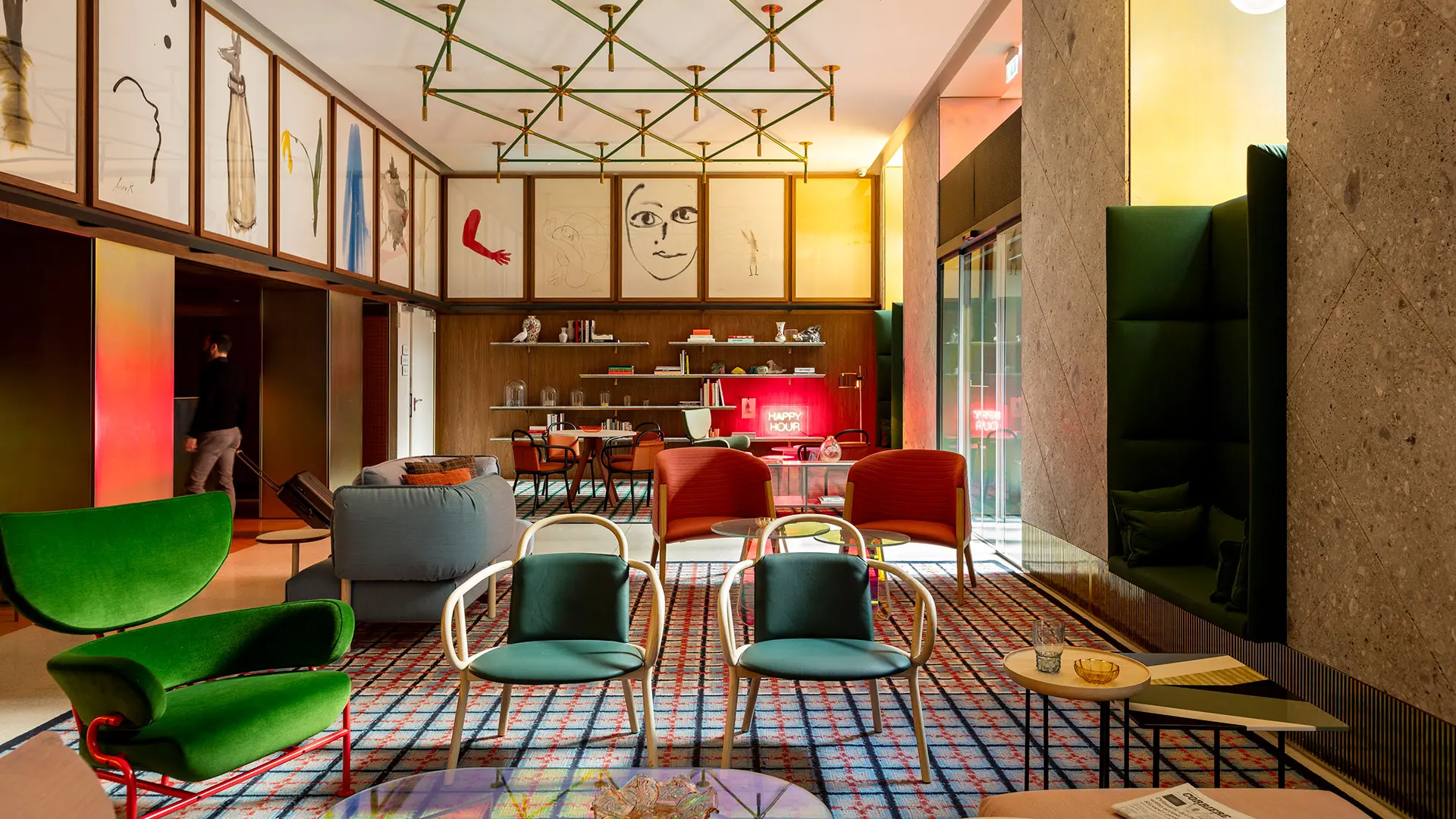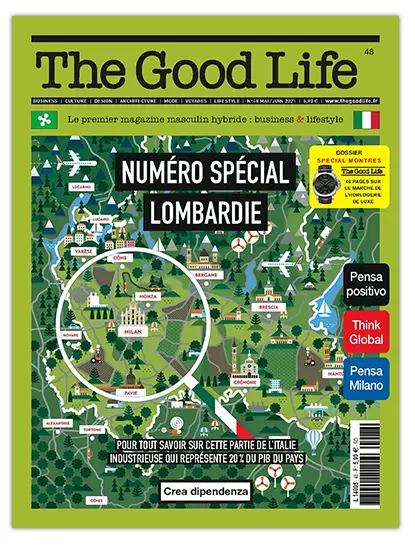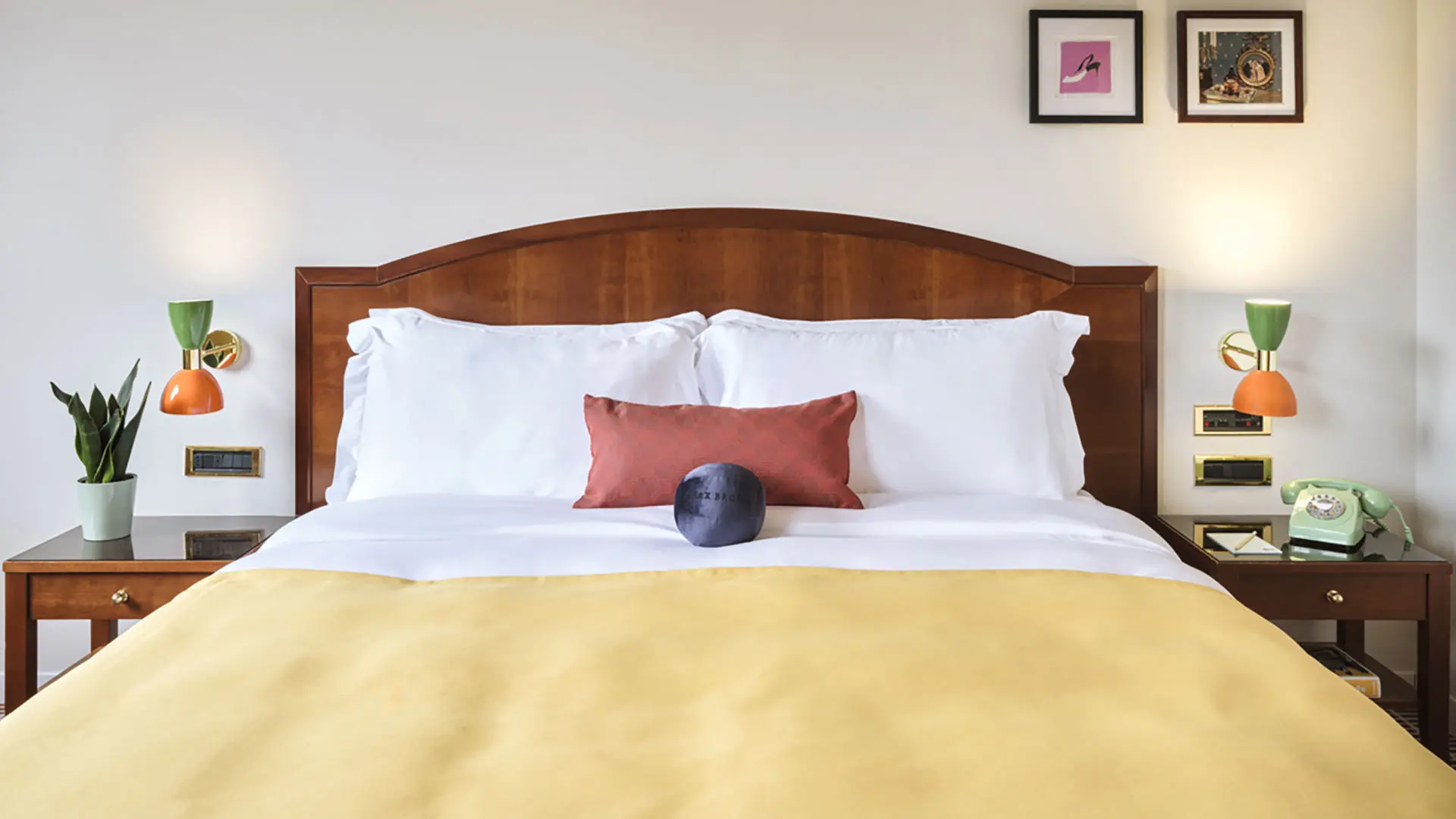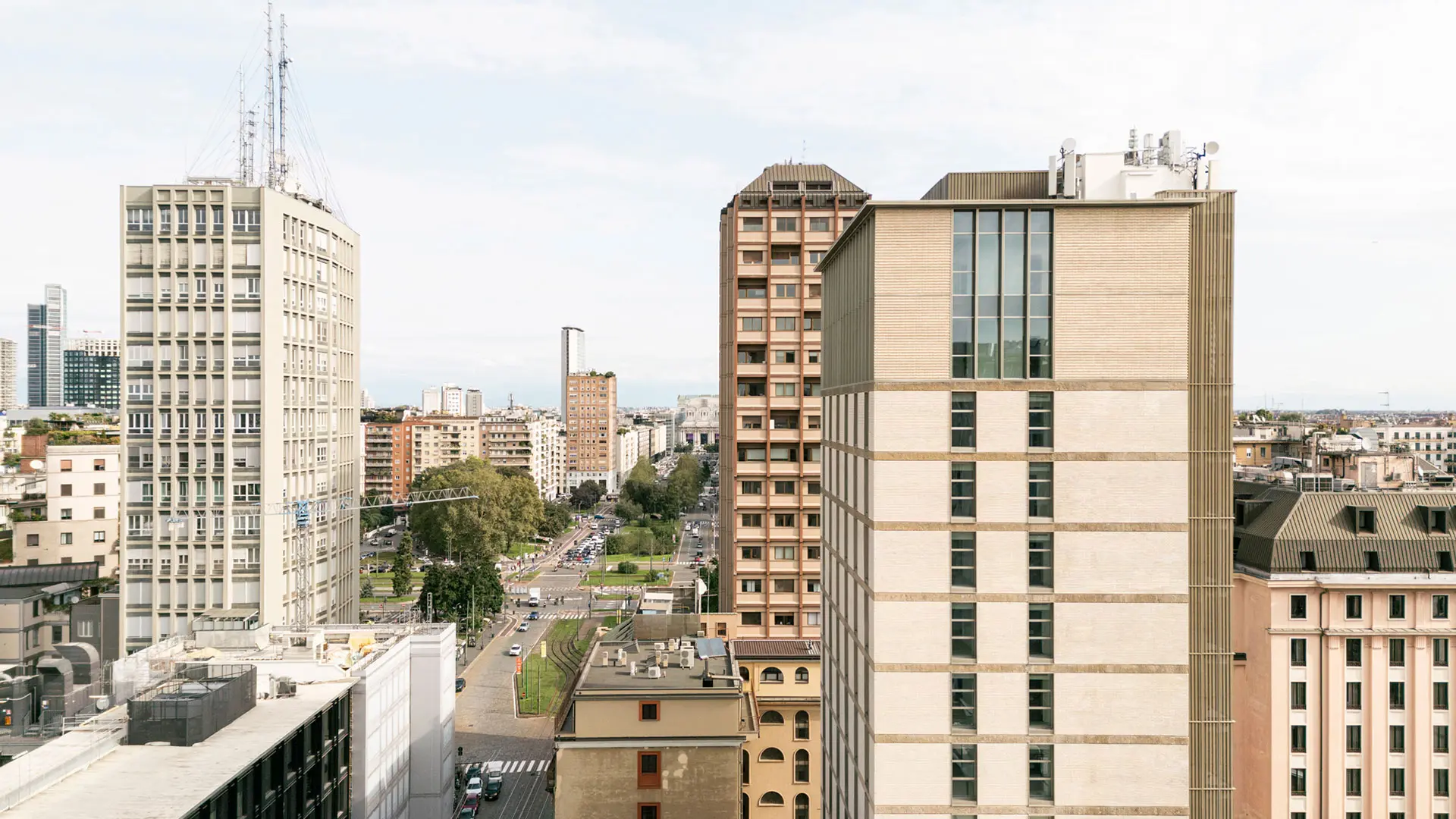In partnership with MiCodmc, a selection of establishments ripe for discovery during the 63rd edition of the Salone del Mobile.Milano, from 8th to 13th April


Icons of Lombard Design

The French edition of the magazine The Good Life has devoted a special issue to Lombardy, the region “driving” Italian industry, tracing the history of Italian design generated by the fertile creativity and affluence of Lombard entrepreneurs. A testament from 1950 to how fundamental this region has been for the development of the discipline and the entire furnishing supply chain.
The expression “Italian design” automatically conjures up a picture of masters and designers who have written the history of this particular discipline. The common thread between these figures encompasses the boundaries of one region, Lombardy. It is here that many of the iconic pieces now found in MoMA in New York, the Triennale Design Museum in Milan, and the MAD in Paris were created. From Milan to Como by way of Monza Brianza, this area is home to some of the most famous design brands: Kartell, Arflex, Molteni, Flexform, Minotti, Artemide, Poliform, Tacchini and Zanotta, with the exception of just a few others, such as Edra (Tuscany) and Moroso and Foscarini (Veneto). Following the 1950s post-war reconstruction, the small industrial furniture producers were taken in hand by a new generation of cultured industrialists who brought in craftsmen and subcontractors. This paved the way for a new form of manufacturing, straddling craftsmanship and standardisation, financial objectives and artistic research, shouldering greater risks with regard to marketing. This served to generate a real design culture that was also supported by printed publications, Domus, founded by Gio Ponti, first and foremost. This climate fostered the production of some of the great icons of design during the 1960s, such as Arco by Achille & Pier Giacomo Castiglioni (Flos, 1962), Eclisse by Vico Magistretti (Artemide, 1965), Sacco di Gatti, Paolini and Teodoro (Zanotta, 1968). Then, in 1972, the celebrated exhibition Italy: The New Domestic Landscape was held at MoMa in New York; the tense social and economic situation spawned the radical Controdesign (or Antidesign) Movement – championed in Italy by Superstudio and Archizoom, which burgeoned in Florence before flourishing in Milan, and the Alchimia studio, founded by Alessandro Mendini. In 1981, Ettore Sottsass shuffled the cards again with his Carlton bookcase and Tahiti lamp, the first symbolic pieces of the Memphis Design collective and totally at odds with the elegant pieces being produced in Lombardy. Despite this, thanks to enlightened entrepreneurs like Ernesto Gismondi and companies such as Abet Laminati, radical design took off and anticipated modern visual culture by several decades. The movement is still a unending source of inspiration. The new protagonists of design today are Piero Lissoni and Patricia Urquiola, along with international designers such as Philippe Starck, with his successful collaboration with Kartell. They all share the same ability to work with and get the most out of what Andrea Branzi described as the “strange alliance” between intellectuals and entrepreneurs, rooted in an identifiable financial and cultural ecosystem.
Credits
Original Text: Anne-France Berthelon
Photo: courtesy of The Good Life magazine
Magazine: The Good Life France
Publisher: IDEAT ÉDITIONS












